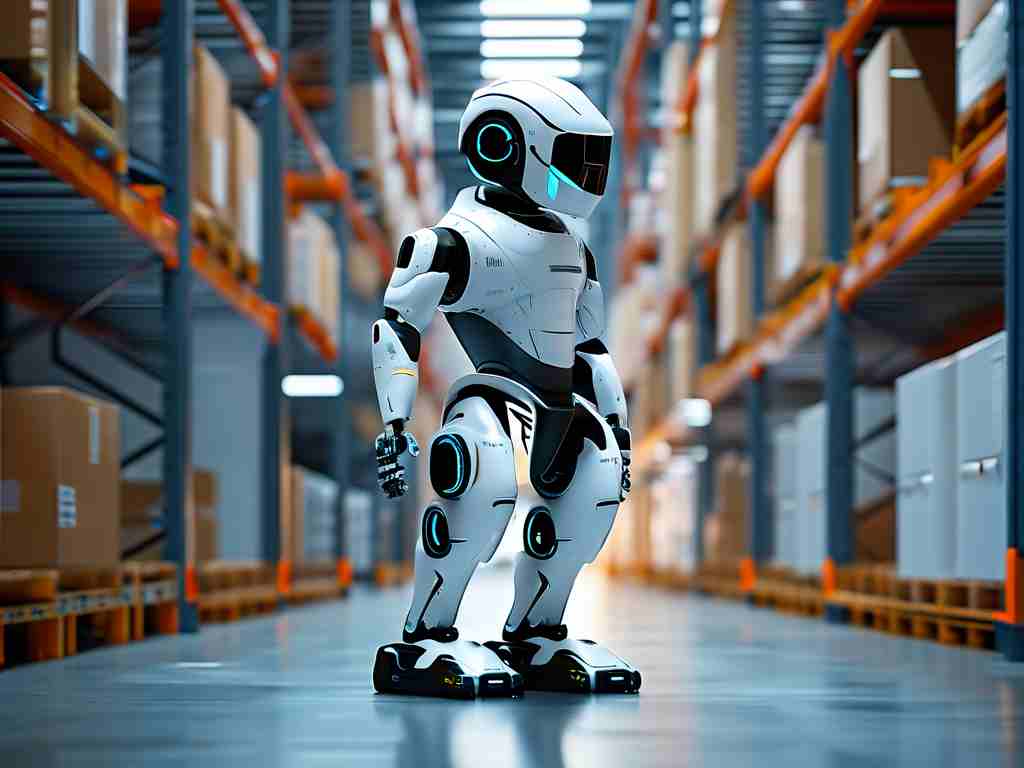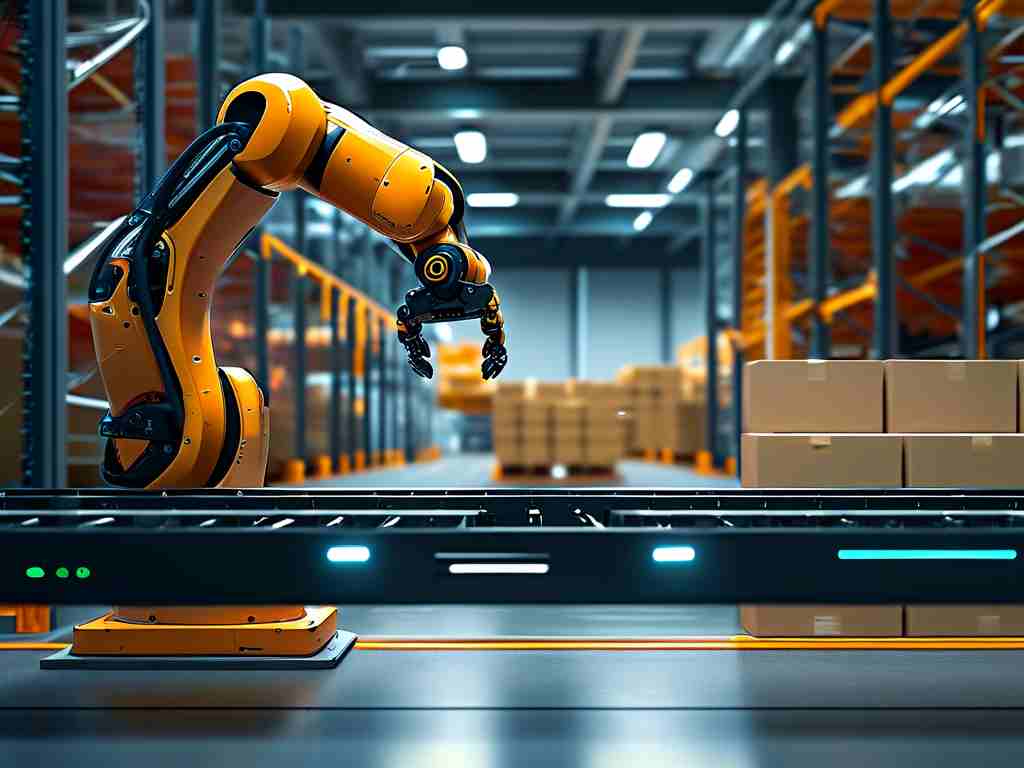The logistics industry is witnessing a paradigm shift with the emergence of intelligent ultra-high forklift robotics. These cutting-edge machines combine advanced automation, precision engineering, and artificial intelligence to redefine material handling in modern warehouses and industrial complexes.

At the core of this technological breakthrough lies a sophisticated integration of 3D spatial recognition systems and adaptive load-balancing algorithms. Unlike conventional forklifts limited by human-operated controls, these robotic units employ LiDAR sensors and millimeter-wave radar to create real-time volumetric maps of their surroundings. This enables them to navigate complex storage environments while handling payloads exceeding 15 meters in elevation – a feat previously unattainable with traditional equipment.
The operational architecture of these robotic forklifts features three distinct innovation layers. First, a proprietary stability control mechanism compensates for load shifts during high-altitude maneuvers through dynamically adjusting hydraulic pressure distribution. Second, machine vision systems equipped with hyperspectral imaging can identify package labels and structural weaknesses in pallets at 120 frames per second. Third, self-learning route optimization software analyzes historical workflow patterns to predict and prevent potential bottlenecks in warehouse operations.
Industrial applications extend beyond standard pallet handling. In automotive manufacturing plants, these robots demonstrate exceptional precision in transporting oversized components like engine blocks or vehicle frames. For cold chain logistics, specially modified versions maintain temperature-controlled environments during vertical transfers, ensuring pharmaceutical and perishable goods remain within strict climate parameters. A notable case study from Shanghai Port Authority revealed a 40% reduction in container repositioning errors after implementing these systems in their automated storage yards.
Safety enhancements represent another critical advancement. Collision avoidance protocols utilize predictive analytics to calculate stopping distances with millimeter accuracy, while emergency load stabilization systems can deploy airbag-like cushions within 0.03 seconds of detecting instability. These features have proven particularly valuable in hazardous material handling, where a single incident prevention can save millions in potential damages.
From an economic perspective, the implementation lifecycle shows compelling ROI metrics. Although initial investment costs exceed traditional forklift fleets by 60-75%, operational data from European logistics hubs indicates 24/7 operational capability reduces labor costs by 34% while increasing throughput capacity by 28%. Maintenance algorithms that predict component wear through vibration pattern analysis further extend equipment lifespan by an average of 8,000 operational hours.
Technical challenges persist in extreme operating conditions. Current research focuses on enhancing electromagnetic interference resistance for reliable performance near heavy machinery, while battery innovations aim to achieve 72-hour continuous operation through hybrid power systems. The latest prototypes from leading manufacturers incorporate graphene-enhanced supercapacitors that enable full recharge in under 12 minutes.
As regulatory frameworks evolve, standardization efforts are underway to establish universal communication protocols between different robotic material handling systems. The proposed ISO 23864-7 specification aims to create interoperable networks where autonomous forklifts can coordinate with drone inventory systems and conveyor robots through secure 5G mesh networks.
Looking ahead, the convergence of quantum computing and edge AI promises to eliminate current latency limitations in decision-making processes. Experimental models testing quantum neural networks have demonstrated 94% faster response times in obstacle avoidance scenarios compared to classical computing architectures. This technological leap could enable single robotic units to manage entire warehouse sections autonomously by 2028.
The environmental impact of this innovation deserves attention. Modern units consume 40% less energy than conventional forklifts through regenerative braking systems and photovoltaic roof panels. A recent sustainability report highlighted that replacing 100 diesel-powered forklifts with intelligent electric models reduces annual carbon emissions equivalent to planting 18,000 mature trees.
While workforce adaptation remains a concern, forward-thinking corporations are implementing augmented reality training programs that upskill operators in robot fleet management. These hybrid roles combine technical oversight with strategic planning, creating new career paths in automated logistics management.
In , intelligent ultra-high forklift robotics represents more than mere automation – it constitutes a fundamental reimagining of material handling physics and warehouse spatial economics. As these systems continue to evolve, they will undoubtedly serve as the backbone for next-generation smart factories and hyper-efficient distribution networks worldwide.



